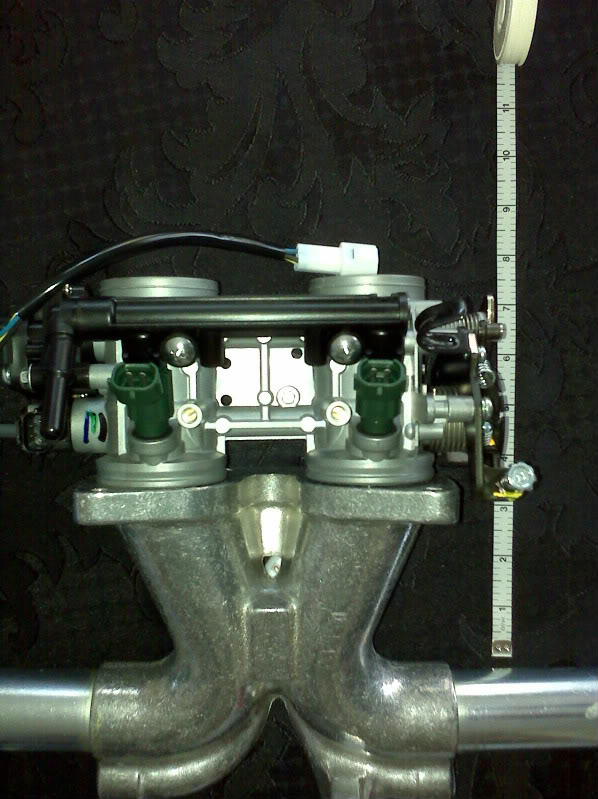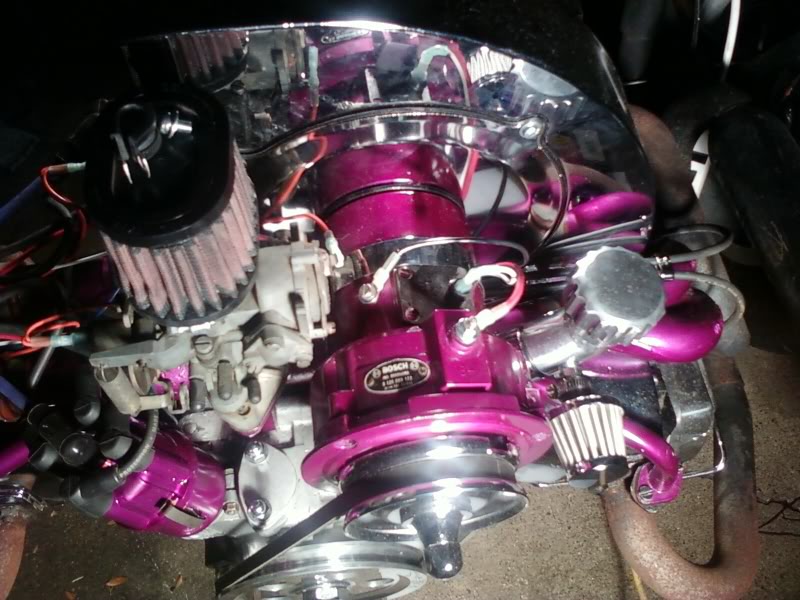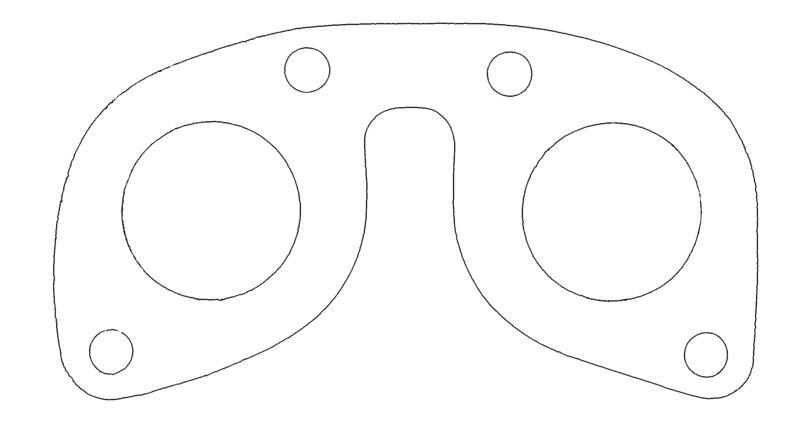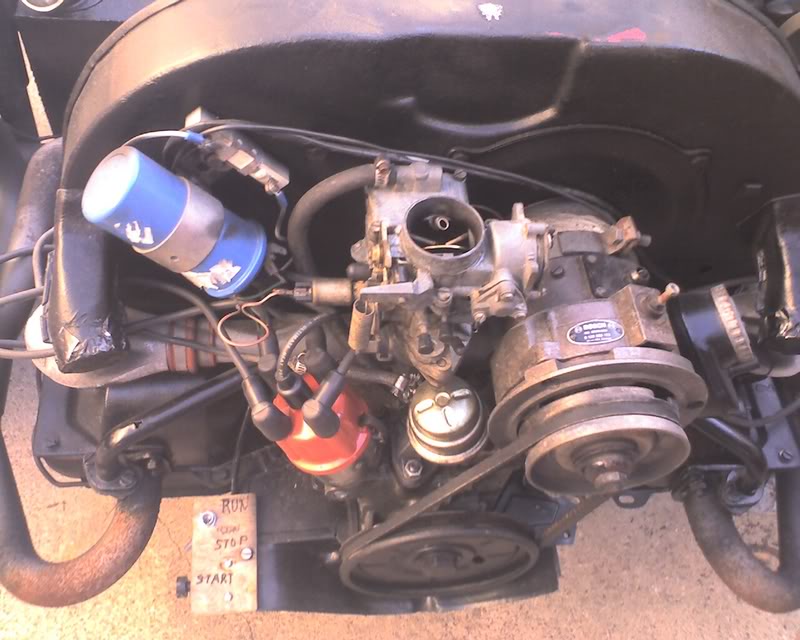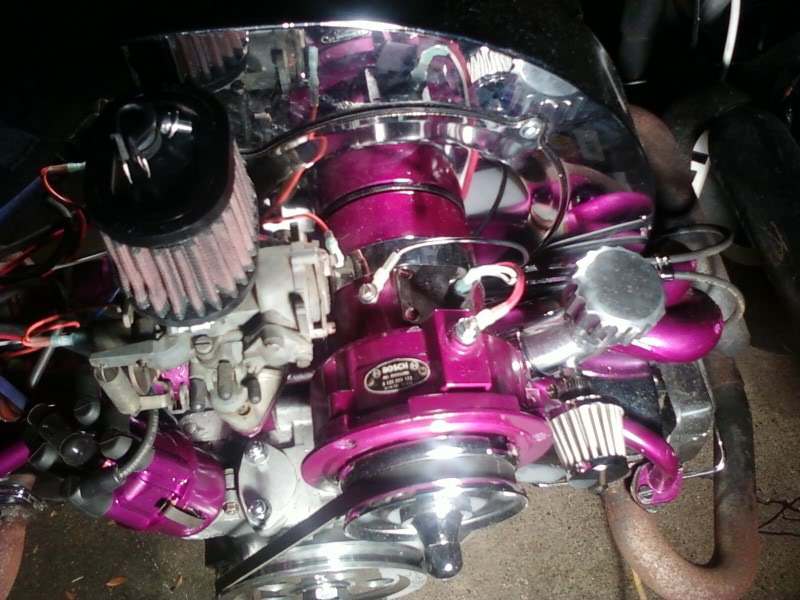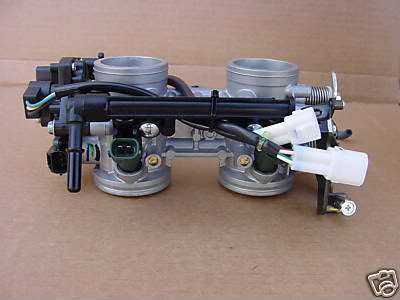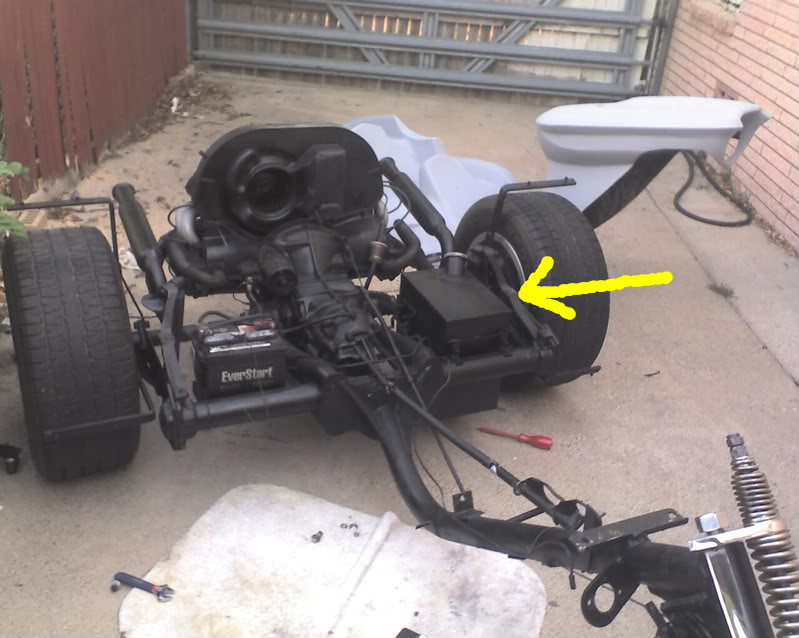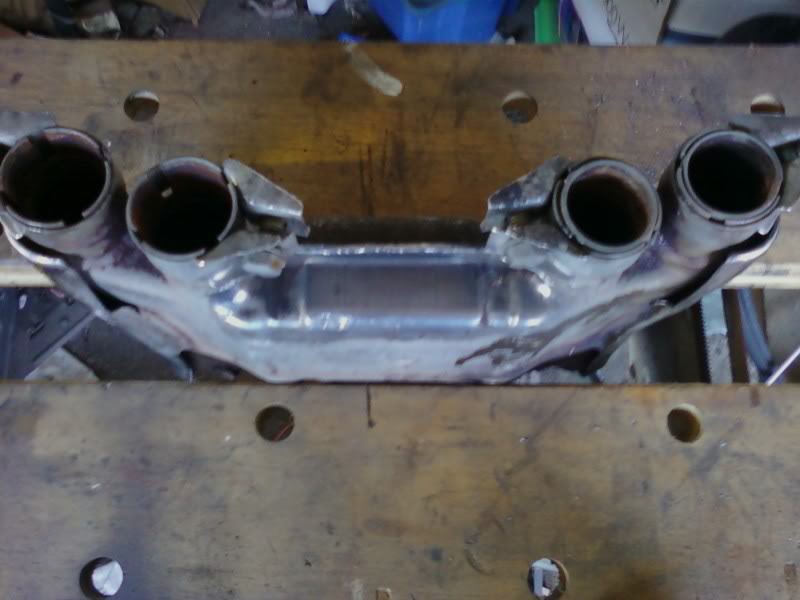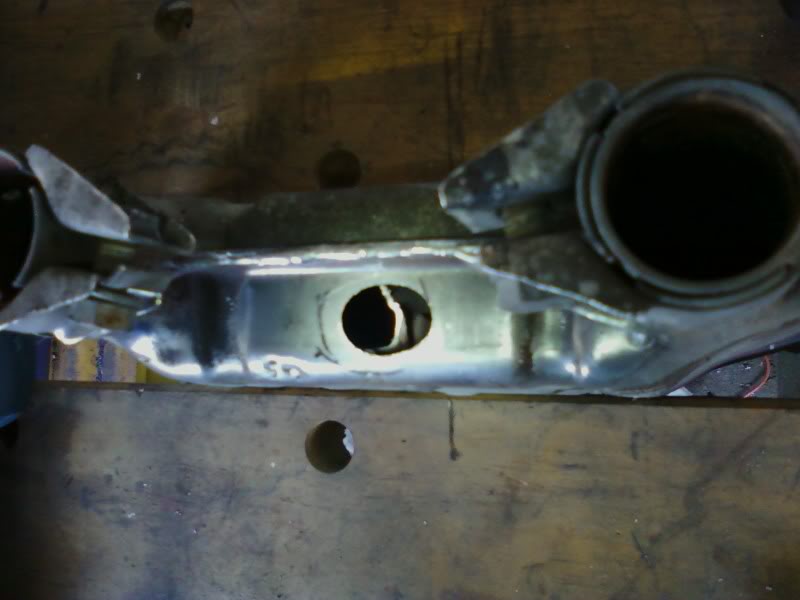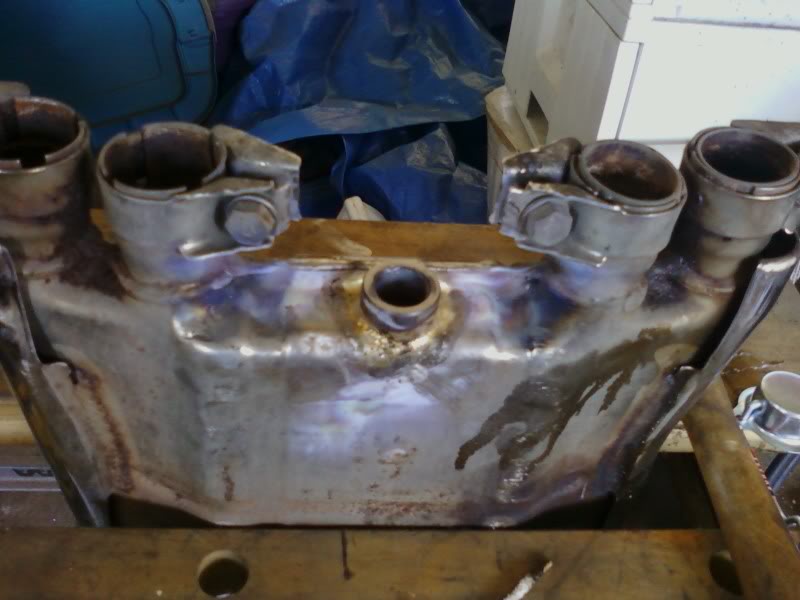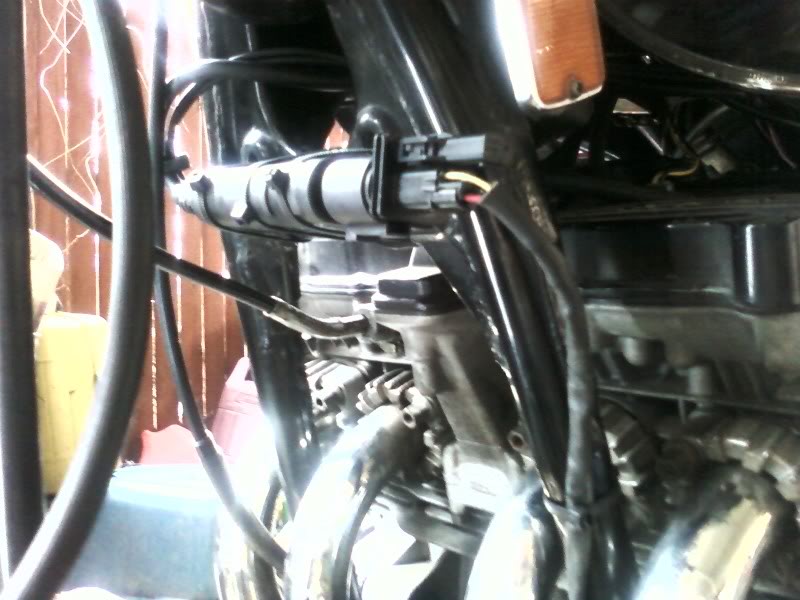I knew that the purpose of a vacuum line on the fuel pressure regulator was to help vary fuel pressure according to manifold vacuum. I just didn’t realize that it’s actually pretty important to do that.
Quoted directly from the MegaManual:
The vacuum referenced fuel pressure regulator is essential. It provides constant pressure differential between fuel at injector nozzle and manifold air pressure [port EFI] or atmospheric pressure [TBI]. This makes the injected fuel quantity solely a function of the injector open time.
If you were to ‘cap off’ the manifold vacuum port on the fuel pressure regulator, you are reducing the dynamic range of the injectors. This means you will need lower pulse widths at [idle] (giving less control over idle mixtures) and lower flow under boost (restricting the maximum horsepower).
So, in general, for port injectors, have the fuel pressure regulator connected to the manifold vacuum is a good thing. There is very little reason not to do it (though some have argued against it for individual runner port EFI set-ups).
Ok, ok, hint taken, especially paragraph two. It will be very easy to hook up, assuming there is no pressing reason not to allow the vacuum from just one cylinder to operate the regulator. hmmmm Logistically, it would work really well to T off the MAP signal; perhaps the regulator would serve as an accidental vacuum accumulator and smooth out MAP repsonse… In any case, I hope to have some wrench time on Buzz this weekend. I also very much hope to have some *riding* time on Buzz this weekend.
Speaking of fuel, I forgot and left the fuel valves on again. I’ve been out in the driveway at least briefly most nights this week except last night and saw nothing out of place. Low and behold, tonight I go out and find a big puddle of gasoline under Buzz. Of course, it’s dark and I had no time to troubleshoot, so I just turned the valves off. Next time I go out there, there will be no leak and no evidence of a leak, thus nothing to fix.
In other light reading, I am trying to find specs on this twin TB. As sold, it was described as being for a Kawasaki KFX450R ATV, but everything I can find on the KFX450 indicates that it is a single. After looking around in the parts diagrams on Kawasaki’s website, I’m pretty sure these are from either a Ninja 650R or a Versys, both powered by a fuel injected 650cc parallel twin. I haven’t been able to match the part number on the box (16163-0078) but the illustration of 16163-0084 is identical. Furthermore, looking up parts for the KFX450R (as the box was marked in Sharpie and as the eBay auction described it) reveals a single throttle body, not a twin.
I suppose whatever the throttle body was intended to fit, it changes my conditions very little. I still need to find out what the injector ratings are. Googling for the part numbers on the injectors (ETA287 on one side, 2870581 on the other) doesn’t find them. I also will still need to build a manifold for it.
On that subject, the intakes on the heads are so nearly exactly 1″ ID that it will have to do. That end of the TB is 2.2″ and Buzz’s current TB assembly fits in 5.25 inches between the cylinder head and the base of the filters, , not including the filters. Since two TBs will fit between the frame pieces that currently limit the space available to four TBs, I may be able to stretch that distance a bit. Also, these TBs may be a a quarter inch or so shorter than the ones currently installed, but it’s hard to accurately measure with them installed.
But basically, I will be building two kinda short blocky Y (really more like a J with a crossbar; I need to draw it out and scan it), with a 2.2″ pipe on one end and two 1″ pipes on the other. The engine ends will have flanges and the TB ends will hopefully have an O-ring friendly pipe. The two J/Y things will be joined in the center for both rigidity and to facilitate a bracket to attach the TBs to. Because of TB and cylinder spacing, there will be an almost straight shot from the TB into #2 and a short horizontal runner to #1; likewise with #3 and #4. It’s pretty clear in my head, so hopefully my fabrication skills will keep up.
More ideally, there would be two equal length runners from each TB to it’s cylinders. I could probably accomplish this by feeding #1 and #3 from one TB and #2 and #4 from the other. Again, I’ll have to draw it out and see, and accurate drawings will be much easier the the arrival of the spare cylinder head.
Finally, the simplest manifold may be to simply take a 2″ or so pipe about 16 inches long, tap two 2.2″ TB connections on one side and 4 1″ engine intake connections on the other side and see what happens. No bends, a cap in each end of the big pipe, 4 flanges and 6 pretty much standard fishmouth pipe welds.
By the way, the sub-throttles can definitely be left in place on this unit. One kinda weird thing is that the fast idle cam arrangement on Buzz’s existing set of TBs is kind of done on these as well, but the cam is connected to the sub-throttles. When the are forced all the way open, the cam engages the main throttle, opening it about 1-2%. It would almost be funny if the IAC stepper function of MegaSquirt could be adapted to run this motor. [note: see this note in the VW Trike blog for the answer to that question – Sluggy] Perhaps someday someone will write some support for them into MegaSquirt. I don’t think I’ll ever had the time!
